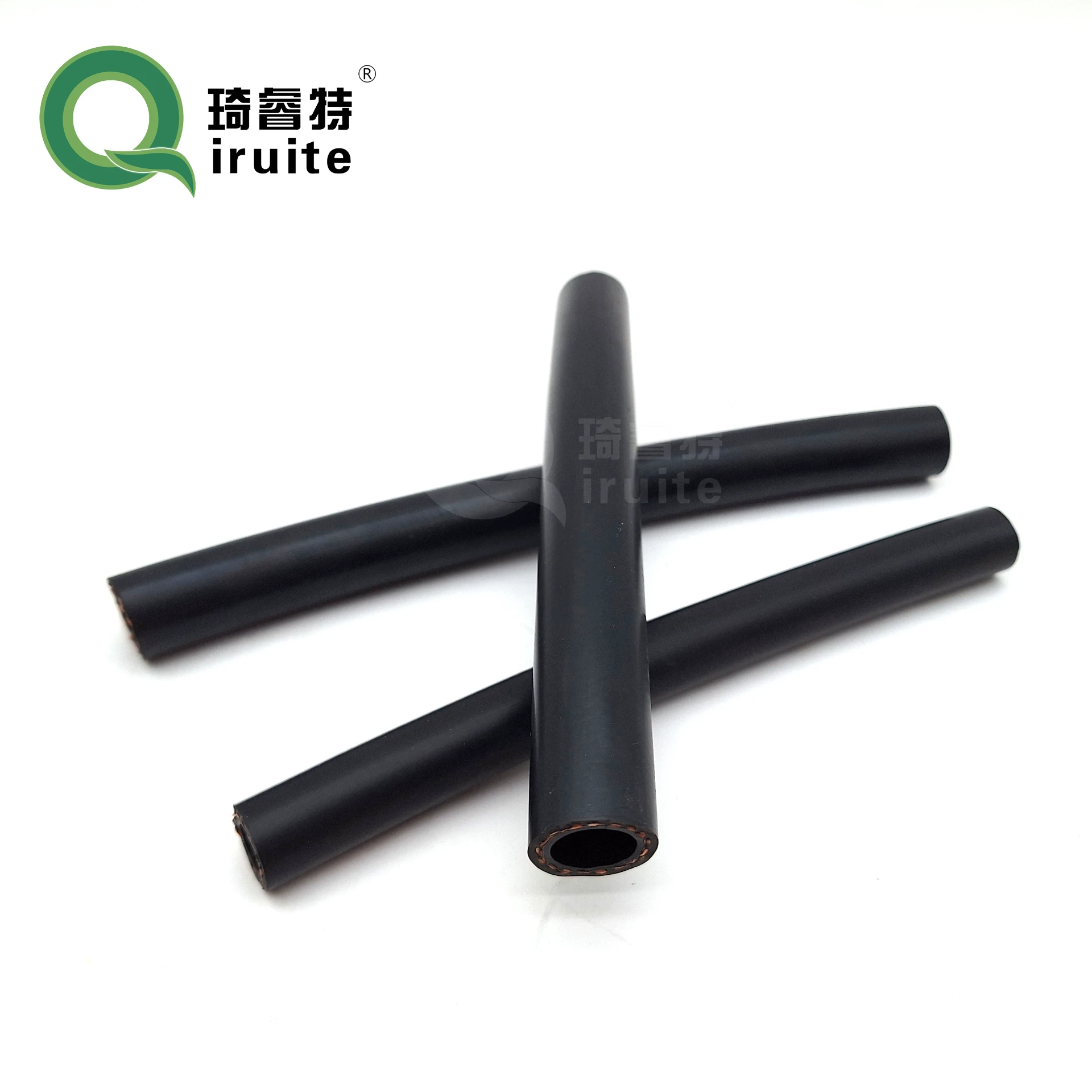replacing the power steering hose
Replacing the Power Steering Hose A Step-by-Step Guide
Power steering is a crucial system in modern vehicles, providing ease of steering and comfort during driving. One key component of this system is the power steering hose, which carries fluid between the power steering pump and the steering gear. Over time, these hoses can wear out, leading to leaks and decreased steering performance. If you notice fluid under your vehicle or find that your steering feels stiff, it may be time to replace the power steering hose. This article will guide you through the process of replacing it, ensuring you can get back to smooth driving.
Tools and Materials Needed
Before diving into the replacement process, gather the necessary tools and materials
1. New power steering hose (specific to your vehicle model) 2. Fluid (power steering fluid recommended by the vehicle manufacturer) 3. Wrenches (for removing hose fittings) 4. Screwdrivers (flathead and Phillips) 5. Pliers 6. Drain pan (for fluid collection) 7. Rags or paper towels 8. Safety glasses and gloves
Step 1 Prepare the Vehicle
Start by parking your vehicle on a flat, stable surface and engaging the parking brake. Allow the engine to cool down if it has been running. For added safety, disconnect the negative terminal of the battery to prevent any electrical issues while working on the vehicle.
Step 2 Locate the Power Steering Hose
Open the hood and locate the power steering reservoir. Follow the hose connected to this reservoir to find the pump and the steering gear. The power steering hose is typically a rubber or flexible hose that runs between these two components. There are generally two hoses a high-pressure hose that carries fluid to the steering gear and a return hose that brings fluid back to the reservoir.
Step 3 Drain the Power Steering Fluid
Before removing the hose, it’s essential to drain the fluid to avoid spills. Place a drain pan beneath the power steering system and remove the cap from the reservoir. Loosen the hose fittings using appropriate wrenches and direct the fluid into the pan. Be cautious; the fluid might still be warm if the engine was recently running.
replacing the power steering hose

Step 4 Remove the Old Hose
Once the fluid has drained, use a wrench to disconnect the high-pressure and return hose fittings. In some cases, you may need to use pliers to remove any clamps holding the hoses in place. Carefully pull the hoses away from the pump and steering gear. Inspect the old hoses for any signs of wear or damage, which could have contributed to the leaks.
Step 5 Install the New Hose
Take the new power steering hose and align it with the connections on the steering gear and power steering pump. Make sure to carefully position it to avoid any kinks or bends that could restrict fluid flow. Secure the fittings by tightening them with a wrench, ensuring they are snug but not overly tight to avoid damaging the connectors.
Step 6 Refill Power Steering Fluid
With the new hose in place, it’s time to refill the power steering fluid. Pour the recommended type of fluid into the reservoir until it reaches the proper level. Be sure to check your vehicle’s manual for the correct fluid specifications.
Step 7 Test the System
Reconnect the negative battery terminal and start the engine. Turn the steering wheel from side to side a few times to help circulate the fluid through the new hose. Check for any leaks around the hose connections. If everything looks good and there are no leaks, your replacement is successful.
Step 8 Dispose of Old Fluid Properly
Finally, make sure to dispose of the old power steering fluid according to local regulations. Most automotive stores will accept used oil and fluid for recycling.
In conclusion, replacing the power steering hose is a manageable task for DIY enthusiasts. By following these steps, you can enhance your vehicle’s steering performance and reduce the risk of future issues. Always consult your vehicle’s manual for specific details and recommendations, and when in doubt, consult a professional mechanic. Happy driving!
-
Ultimate Spiral Protection for Hoses & CablesNewsJun.26,2025
-
The Ultimate Quick-Connect Solutions for Every NeedNewsJun.26,2025
-
SAE J1401 Brake Hose: Reliable Choice for Safe BrakingNewsJun.26,2025
-
Reliable J2064 A/C Hoses for Real-World Cooling NeedsNewsJun.26,2025
-
Heavy-Duty Sewer Jetting Hoses Built to LastNewsJun.26,2025
-
Fix Power Steering Tube Leaks Fast – Durable & Affordable SolutionNewsJun.26,2025

